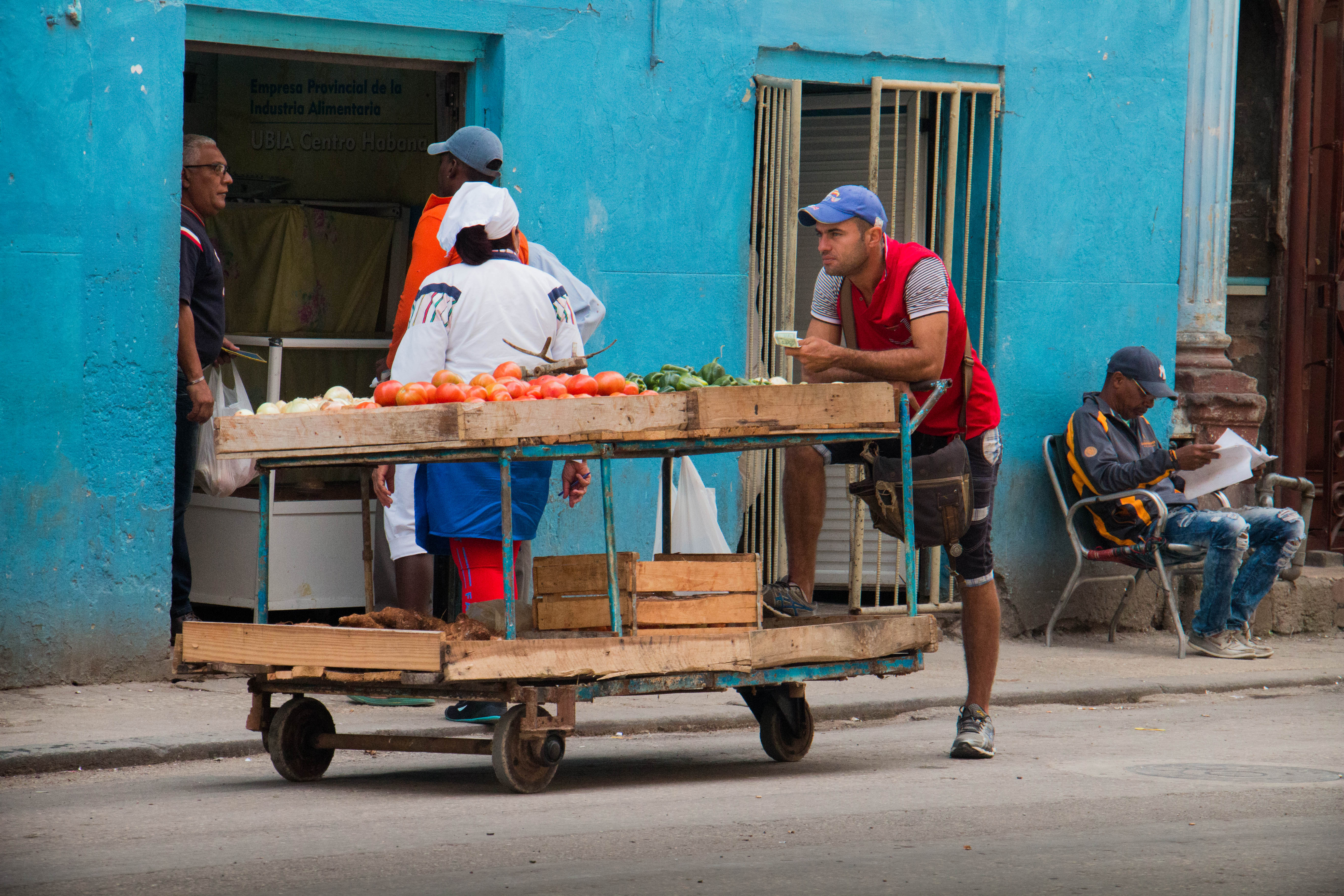Street Rhythms and the Revolution
On the Meanings and Melodies of Cuba’s Ambulant Vendors
DOI:
https://doi.org/10.5617/jea.10324Keywords:
street-vendor songs, Affect, cuba, popular music, revolutionAbstract
Cuban street vendors use pregones, high-pitched rhymes and rhythms, to promote their goods and services. This ambulant form of small-scale commerce has been part of the urban soundscape since the early years of Spanish colonization. While often celebrated as a vibrant addition to the nation’s identity, the pregón has sometimes been regarded as a nuisance that must conform to the regulations and preferences of elites or stay silent. This paper explores the shifting circumstances under which street vendors have operated in Cuba, specifically since the 1959 Revolution. The drive to establish communism on the island during the 1960s resulted in the partial decline of street traders and their tunes. However, the collapse of the Soviet Union in the 1990s brought about social conditions that led to their resurgence in a new form. Presently, Cuban street vendors confront an expanding legal framework aimed at regulating their activities, as well as popular critique that their sales jingles lack musical creativity. Nevertheless, the musical-commercial expressions of Cuba’s ambulant vendors persist. They continuously adapt to their social circumstances, finding new ways to draw attention to their goods and services.
Photo: Ingrid Evensen

Downloads
Published
Issue
Section
License
Copyright (c) 2024 Ståle Wig

This work is licensed under a Creative Commons Attribution-NonCommercial-NoDerivatives 4.0 International License.
Authors retain copyright and grant the journal right of first publication with the work simultaneously licensed under a https://creativecommons.org/licenses/by-nc-nd/4.0/
that allows others to share the work with an acknowledgement of the work's authorship and initial publication in this journal, for non-commercial purpose, no derivatives are permitted. (Please not that this license has been used since 1.10.2018 and will be used in the future. Articles published between 1.1.2017-and 30.9.2018 are licensed under CC BY license: https://creativecommons.org/licenses/by/3.0/) Authors are able to enter into separate, additional contractual arrangements for the non-exclusive distribution of the journal's published version of the work (e.g., post it to an institutional repository or publish it in a book), with an acknowledgement of its initial publication in this journal. Authors are permitted and encouraged to post their work online (e.g., in institutional repositories or on their website) prior to and during the submission process, as it can lead to productive exchanges, as well as earlier and greater citation of published work (See The Effect of Open Access).


